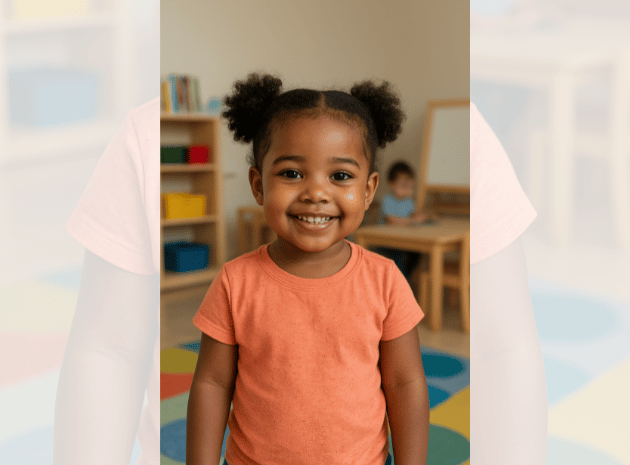The technology involved might be complex, but AI can make your role in Early Years simpler, as Richard Waite explains…
Tapestry, the childhood education platform, surveyed early years educators and found that two-thirds had not used AI in their role, with many reporting they didn’t know anything about it.
However, there are lots of benefits to using it, and respondents to the Tapestry survey who had used AI reported it helped them save time, especially with admin tasks.
Personalised learning: AI-powered platforms can suggest activities tailored to individual interests and developmental stages, helping educators to differentiate support. At the same time, your professional judgement is an essential part of the process.
For instance, AI can help you to quickly identify learning gaps, but your knowledge of a particular child will be essential for providing the right next learning experience.
SEND & EAL support: Language and accessibility tools, such as text-to-speech and translation apps, can help children with additional support needs or those with English as an additional language.
Reducing workload: AI can be useful in drafting written information, anything from a poster to advertise the summer fete to information for a press release. It can help you to find information or research topics, and many AI tools explain information sources as well.
Lots of admin tasks can be automated: some AI platforms can read and reply to emails or check and add dates to your calendar.
Ideas & inspiration: AI tools can be useful for coming up with ideas that you can then feed into your own planning. For example, you can ask AI to write your weekly newsletter just by telling it the theme you want to discuss.
They can also help you to stay up to date, suggesting articles or training that you may wish to use for your own professional development.
There are many AI tools that are relevant to early years settings. Here are a few that educators tell me they’re using…
Generative AI: AI that can create content such as text, images and video, based on prompts that you provide.
Prompt: the question or instruction you give to an AI tool to explain what you need, for example, “I need an image of a child aged 3-4 from a Caribbean ethnic background.” See the example below, generated with ChatGPT.

Large language model (LLM): a type of AI that is “trained”, using lots of text, to understand and respond in natural language. Examples are tools like ChatGPT or Copilot.
Visit the Alan Turing Institute’s AI glossary for more non-technical definitions.
Although AI can provide useful support, human intelligence (HI) is essential for understanding children’s unique needs. Educators notice subtle cues and can adapt to individuals’ backgrounds and emotional states.
If you’re ready to explore AI, then start small and keep human intelligence in the driving seat. Technology can empower us, but it can’t replace the skilled professionals at the heart of early years education.
Richard Waite has worked in the sector for over 30 years and has expertise in early years technology.
You may also be interested in...

How to talk to young children about war
Editors picks
